5 Simple Exercises That Transform Your Body in 30 Days

We've all been there—wanting to transform our bodies but feeling overwhelmed by complicated workout routines and restrictive diets. As a fitness trainer with over 15 years of experience and as the Founder & CEO of GYMGUYZ, I've seen this struggle firsthand. The good news? You don't need fancy equipment or hours in the gym to see real changes in your body. These five exercises can deliver noticeable results in just 30 days if you're consistent. Ready to transform your body with exercises you can do anywhere? Let's get started.
The Challenges of Quick Body Transformation
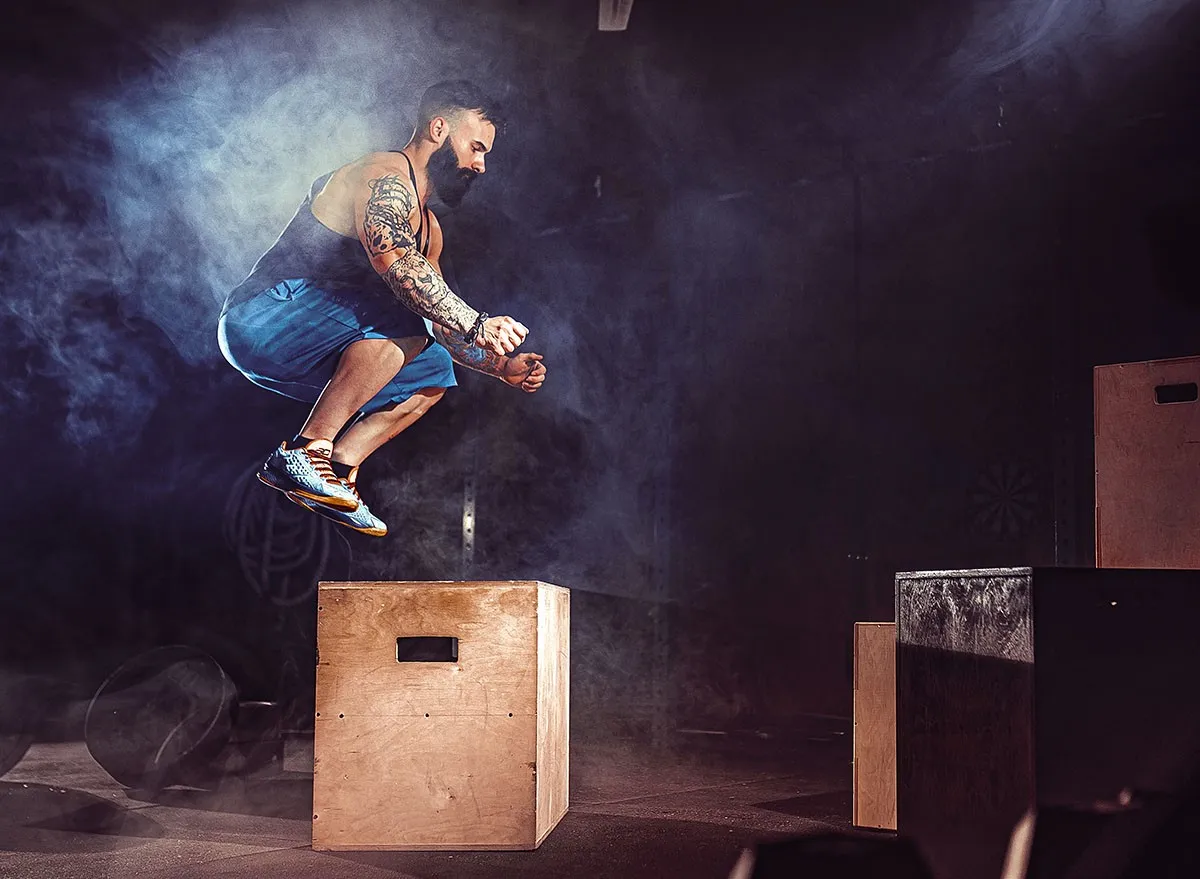
There are a handful of challenges typically faced by people trying to transform their bodies quickly. It breaks down into three categories – dietary changes, exercise and fitness, and other. Under the dietary changes, it is common to struggle with cravings and restriction, time constraints with meal prepping, and seeking healthy alternatives. Exercise and fitness challenges include time constraints, motivation, consistency, injury risk, and overtraining. While these are the challenges that most people typically are cognizant of, most people also find themselves comparing themselves to others, having a lack of knowledge, and maintaining long-term changes. With all of these challenges piled on top of each other, it can be a frightening experience to seek body transformation quickly. Below are five exercises that work.
RELATED: 5-Minute Walking Workouts for Women Over 40 to Burn Fat at Home
Planks: Your Core's Best Friend
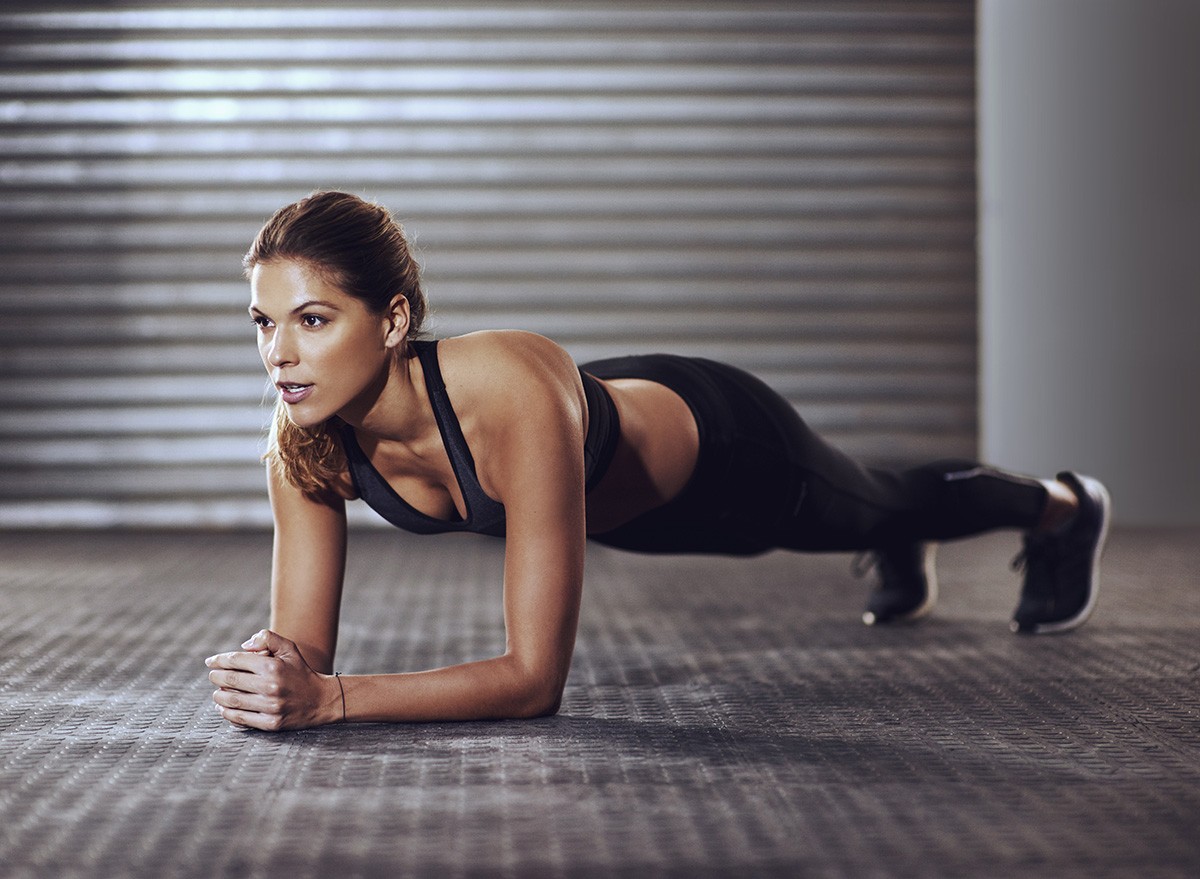
Simple steps to do it right: Lie flat on your stomach. Raise into a push-up position. Keep your back aligned with your hands directly under your shoulders. Hold that position.
How many times to do it each week: Perform planks three to four times per week, increasing the time each session as you get stronger.
Why it works so well: This exercise utilizes multiple muscle groups, with an emphasis on the core, and promotes isometric strength. It helps to improve your stability and posture, too.
How to make it easier or harder: Make planks easier simply by lowering the time of the hold. Another way is to perform the exercise on your knees or forearms.
Planks can be more difficult by challenging yourself to longer holds. You can also place your hands or feet on elevated surfaces. A final challenge would be to place a weight on your back to hold more than just your bodyweight.
Common mistakes to avoid: It is critical to avoid dipping your hips or raising them too high. Keep your body in a straight line throughout the hold for the best results.
Push-Ups: Full Body Power
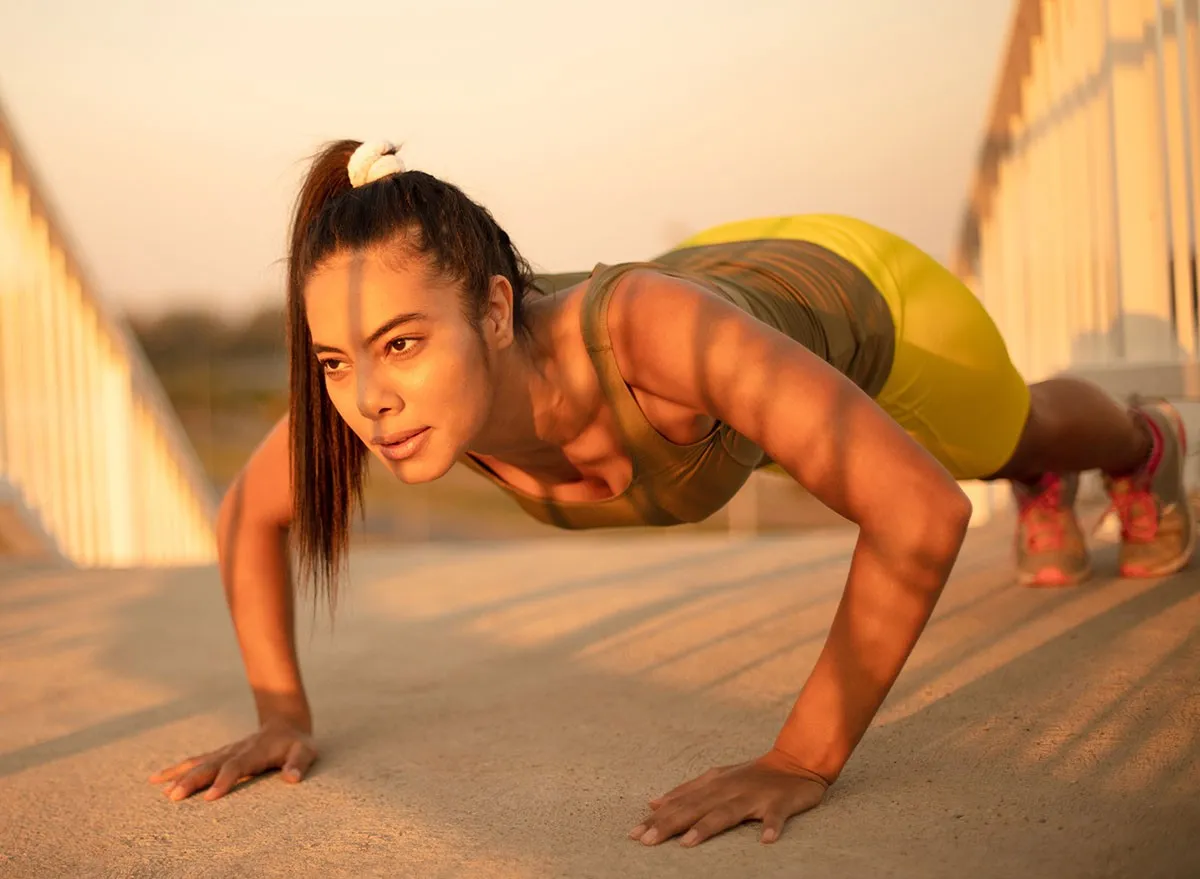
Simple steps to do it right: Lie flat on your stomach. Place your hands directly under your shoulders. Push off the ground to a plank position. Lower yourself back down, then return up to the starting position.
How many times to do it each week: Push-up focus will depend on your fitness level, but you still want to perform this exercise three to five days a week. As a beginner, the goal is two to three sets of eight to 12 push-ups. An intermediate level would be three to four sets of 15-20, and an advanced level is four to five sets of 20-30.
Why it works so well: As an adaptable, compound exercise, push-ups engage multiple muscle groups simultaneously – upper body, core, and glutes. Push-ups stimulate muscle growth in the targeted area, but they also increase heart rate and blood flow for cardiovascular benefits.
How to make it easier or harder: This exercise can be made easier by performing it on your knees or standing up against a wall.
Challenge yourself by adding weight on your back to make this more than a bodyweight workout. Similarly to planks, elevate your arms or feet on a surface to increase the difficulty.
Common mistakes to avoid: Similar to lunges, keep your body in a straight line during the exercise. Focus on not flaring your elbows out as you lower to the ground.
Squats
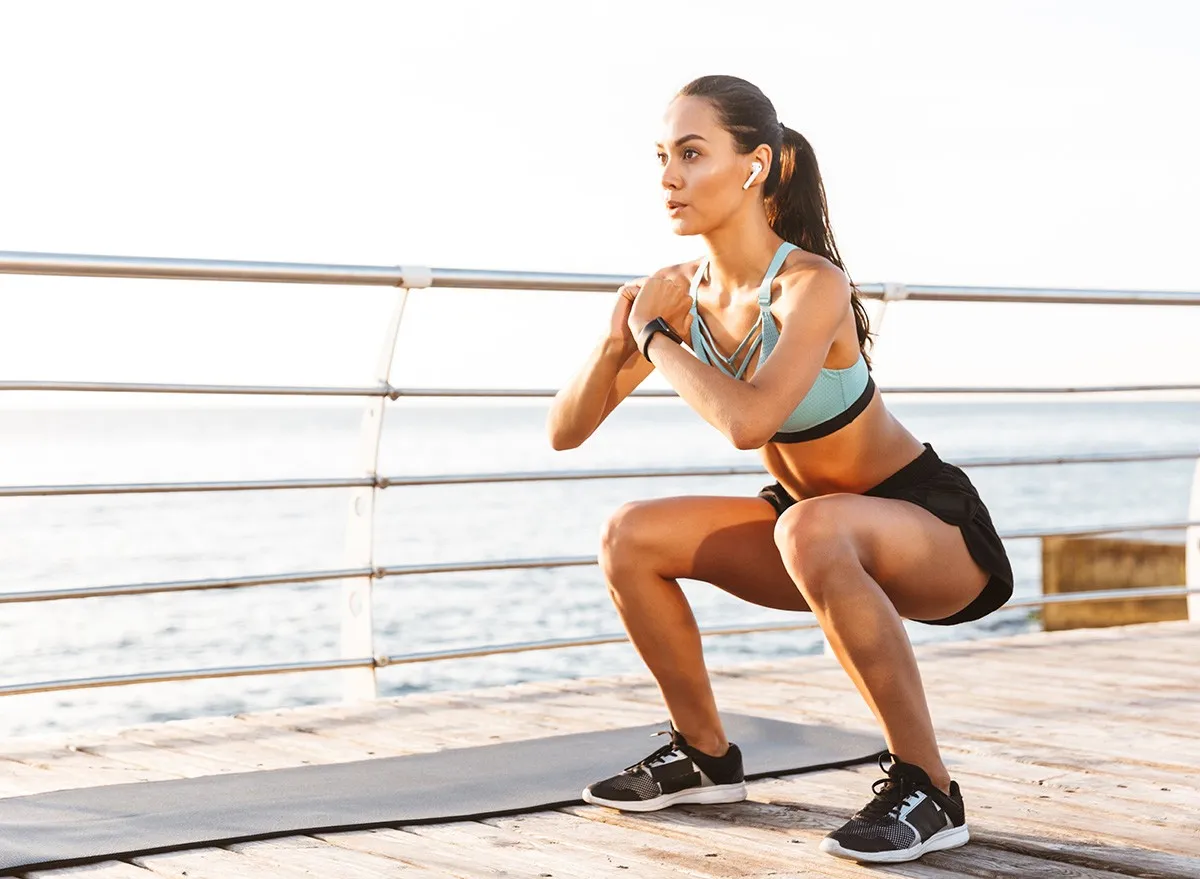
Simple steps to do it right: Place your feet shoulder-width apart. Hold your arms straight in front of you. Bend at the knees until you reach 90 degrees. Stand back up.
How many times to do it each week: The goal for squats should be three to five days a week, ultimately completing three to five sets of eight to 12 repetitions within each workout.
Why it works so well: Like push-ups, squats are also a compound exercise that focuses on the glutes, quadriceps, hamstrings, and core. This helps to improve both strength and endurance for better performance in daily activities.
How to make it easier or harder: Focus on form and engaging your core at the start. This can be done by placing a chair under you to create a natural pause in your motion and giving you guidance on when you are low enough.
Add in variations of squats such as split squats, Bulgarian split squats, or pistol squats to feel an extra burn.
Common mistakes to avoid: A common mistake to avoid is leaning your weight forward. Remember to keep your weight back on your heels by sitting down as you squat. It is also important to keep your back straight during the exercise to avoid potential injury.
RELATED: Tone Sagging Arms in 2 Weeks With These 5 Exercises
Lunges
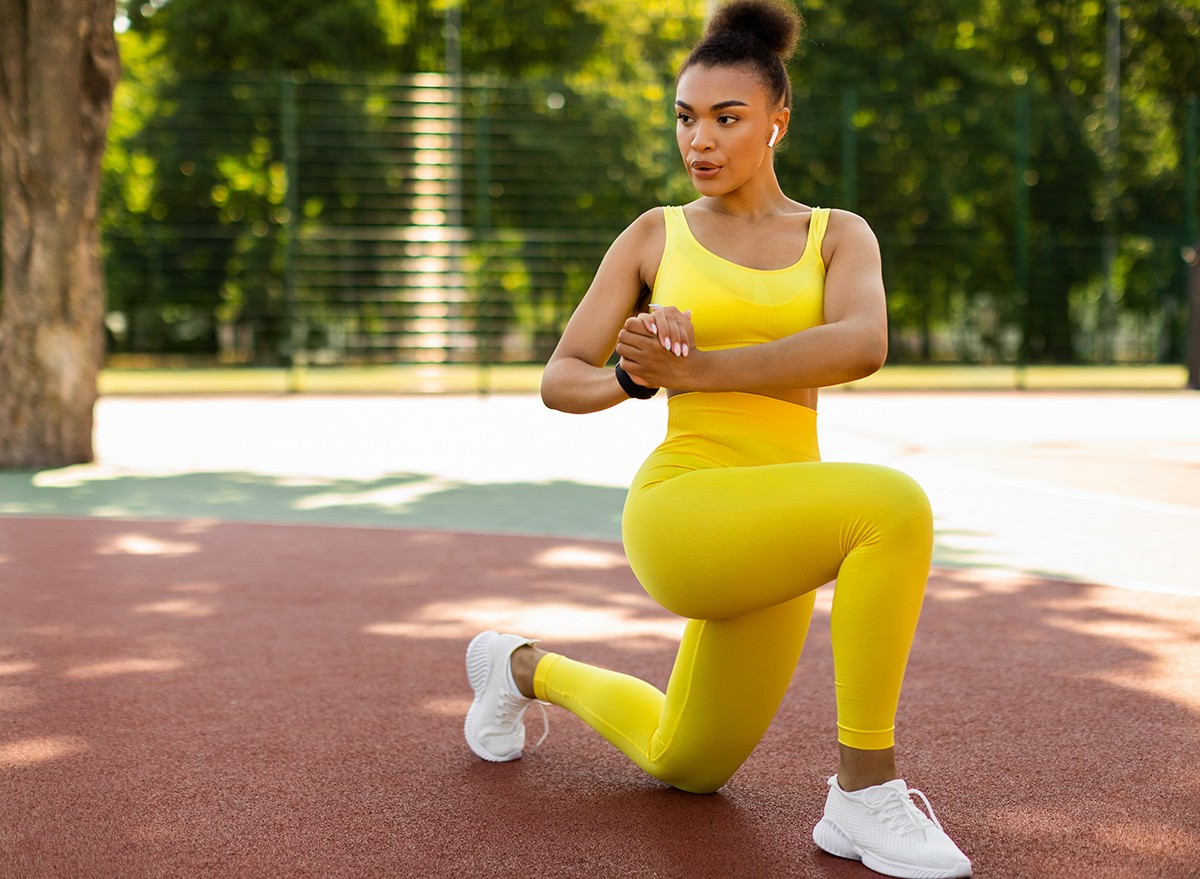
Simple steps to do it right: Stand straight up with your feet shoulder-width apart. Place your hands on your hips. Step forward with one foot. Squat down until you are at 90 degrees. Stand back up and bring the front foot back to the start position. Repeat with the opposite leg.
How many times to do it each week: Focus on doing lunges three to four times a week with two to three sets of eight to 12 repetitions per set.
Why it works so well: Lunges activate your core and stabilizer muscles to improve strength, balance, and stability. As an exercise, it is meant to focus on your quads, glutes, and hamstrings.
How to make it easier or harder: Try starting with reverse lunges to focus on your balance and form before moving to a regular lunge. Proper form is key to maintaining balance throughout the exercise for it to be easier.
Make lunges harder by adding plyometrics like jumping, doing a deficit lunge, or elevated lunge.
Common mistakes to avoid: Two common mistakes are the size of the step forward – too big or too small – and leaning the front knee over your toes. These will lead to a less effective workout that limits your results.
Glute Bridges

Simple steps to do it right: Lie on your back with your knees up and feet flat on the ground. Place your arms straight by your side. Raise your hips up, then slowly lower back to the ground.
How many times to do it each week: Perform glute bridges three to four times a week with three to four sets each day of 15-25 repetitions.
Why it works so well: While glute bridges primarily target the glutes and hamstrings, they also work the core to improve hip and lower back stability. This leads to a toned lower body and improved posture.
How to make it easier or harder: Glute bridges can be made easier by bringing your feet closer to your body and reducing your range of motion.
This exercise can be made harder by adding weight over your hips or a resistance band. You can also add a pause at the top to hold the position longer.
Common mistakes to avoid: Remember to engage your glutes to target the intended muscle group. You also want to avoid hyperextending your back to avoid injury or pain in your lower back.
Beyond Exercise: Keys to Success
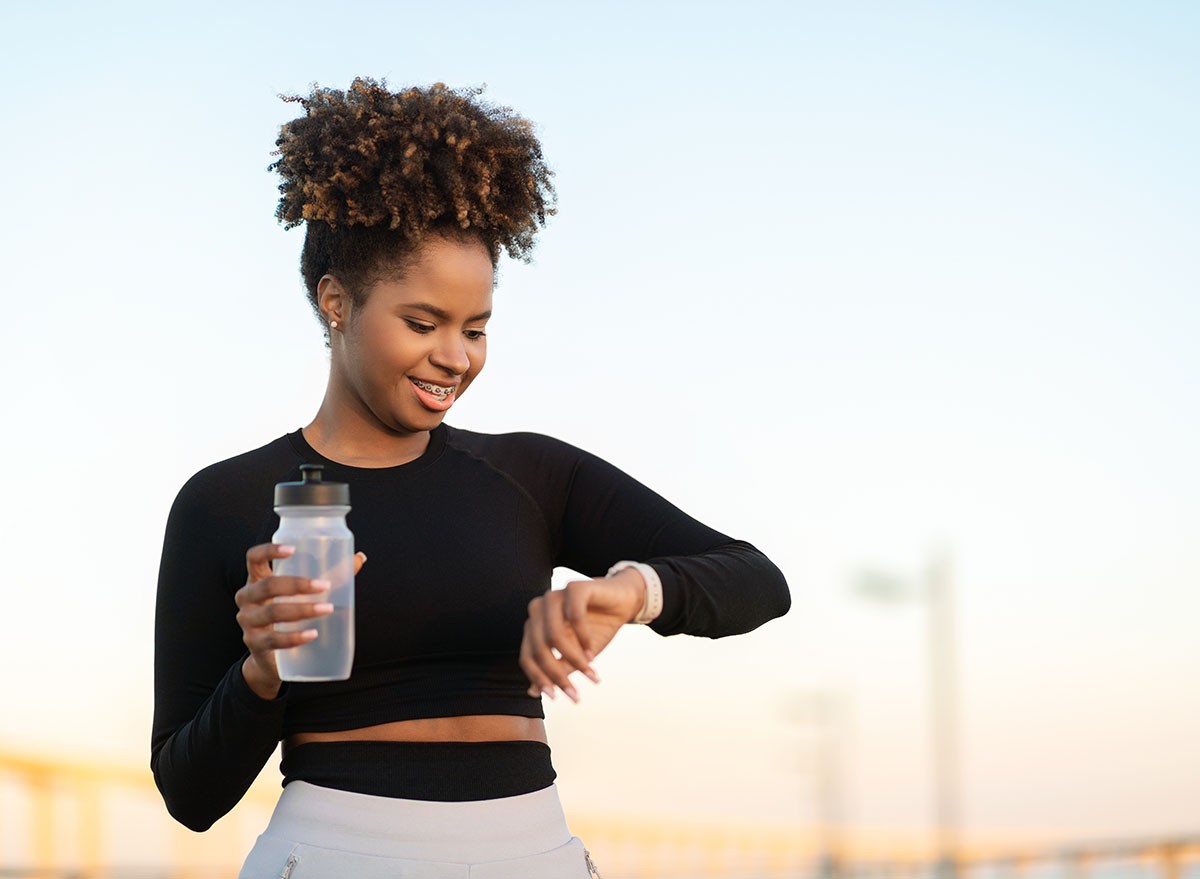
Proper nutrition, sleep, and recovery are critical complements to seeing results with this program. The right nutrition will continue to fuel your body, provide protein, and hydration. Sleep improves your cognitive function while repairing and growing your muscles. Having the right recovery routine helps muscles to recover and rebuild. Try implementing active recovery to improve blood flow and reduce muscle soreness.
What to Expect After 30 Days
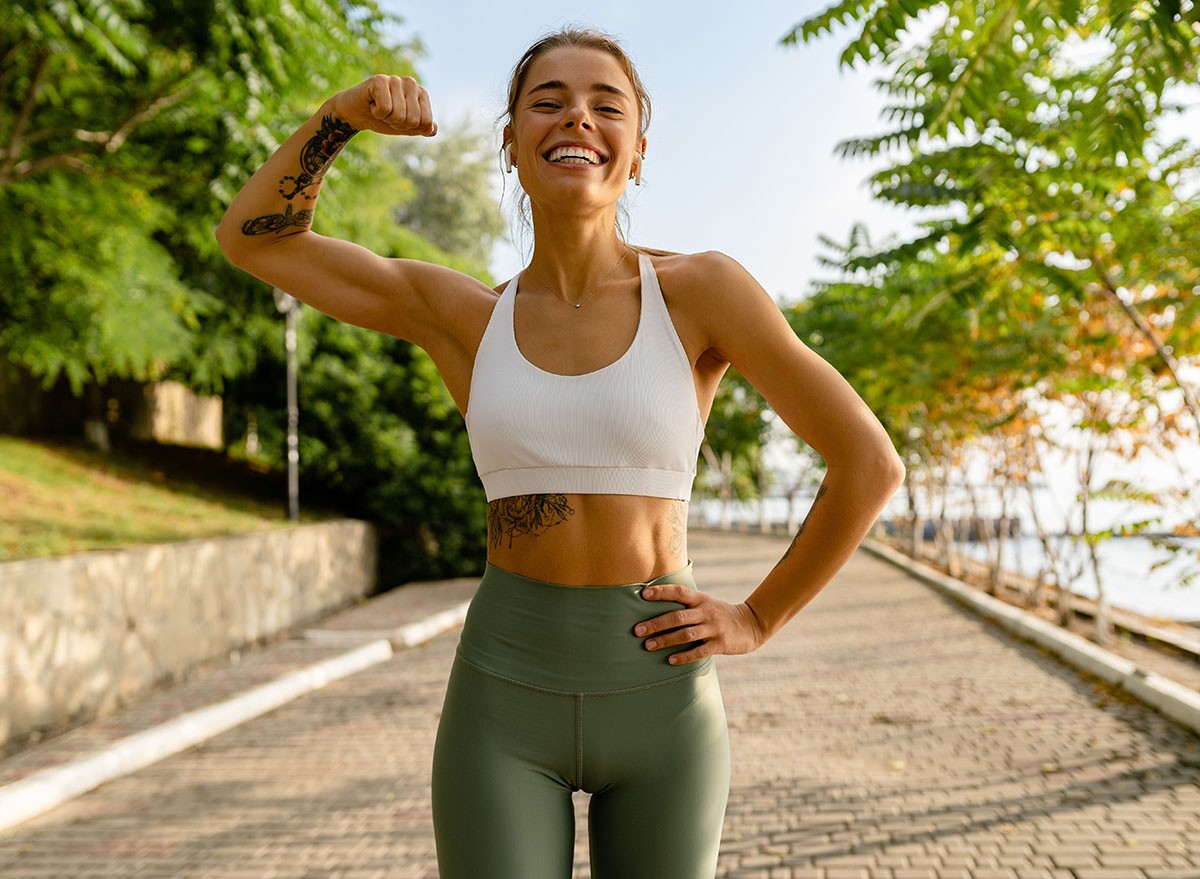
After 30 days, you will see improvements in strength, endurance, and muscle tone. The muscle tone will primarily be in the core, legs, and upper body.
RELATED: I Got My Best Body After 50 and Here's How You Can, Too
How to Stay Motivated
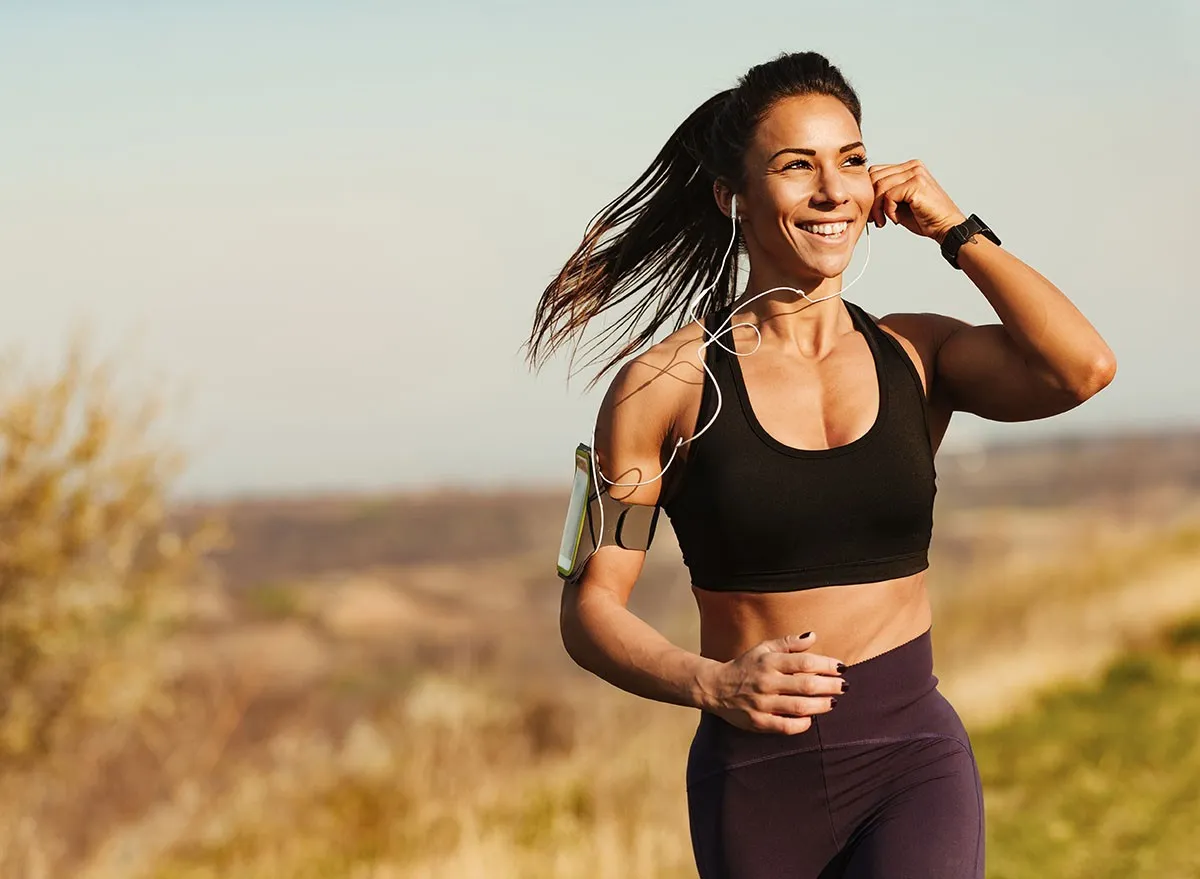
Set realistic goals that can lead to progression. While the results will show through the work, set rep goals that you want to aim to reach each week. This will show immediate gratification and allow you to celebrate the little wins along the way.
Stay motivated and consistent. Be disciplined in sticking with the plan that got you through your 30-day transformation to see continued results. Pair that with proper form and progression to reach your full potential
Start Your Transformation Today
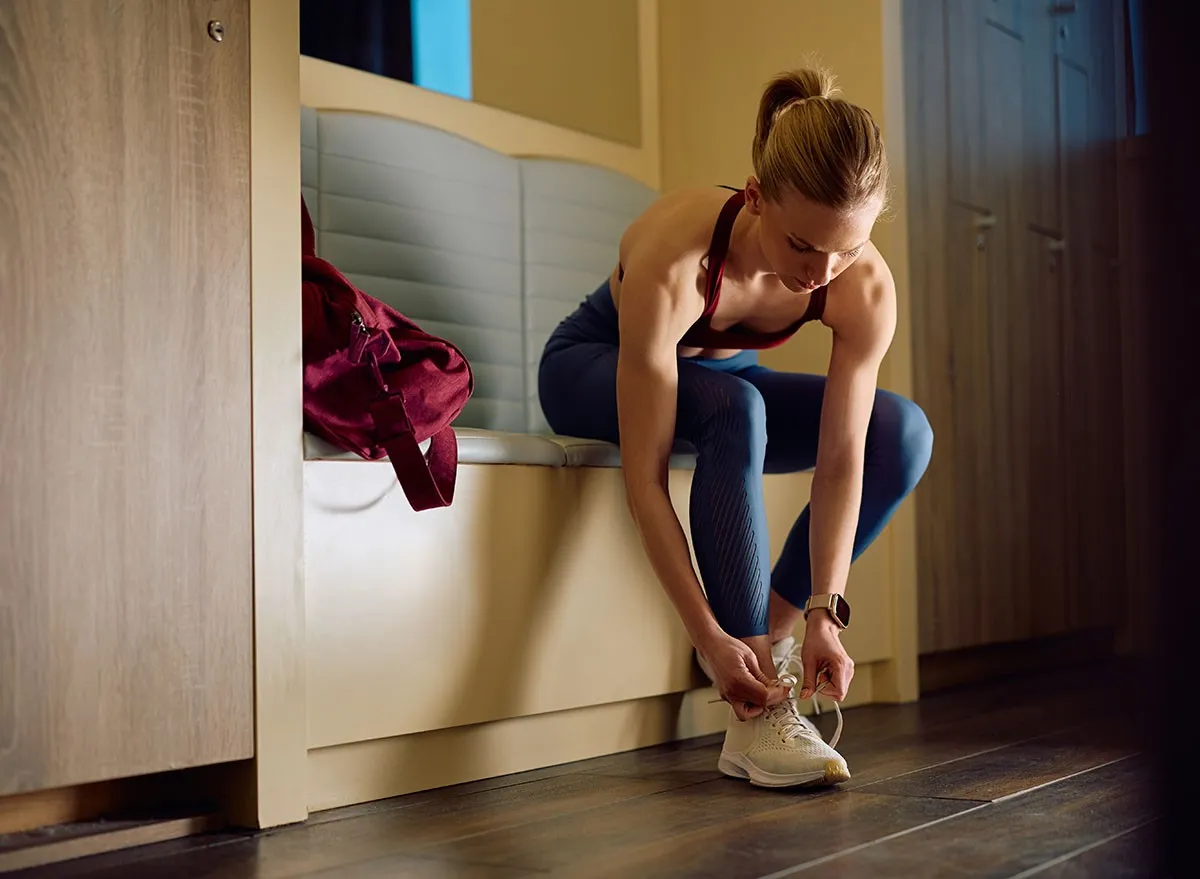
These five simple exercises might not seem revolutionary, but their power lies in their simplicity and effectiveness. Give this program a solid 30 days of consistent effort, and you'll be amazed at what your body can achieve. Remember, transformation isn't just about the exercises—it's about showing up for yourself each day and celebrating every small victory along the way. And if you enjoyed this article, don't miss 12-3-30 Walking Method: 20 Proven Tips to Lose Weight Faster.




